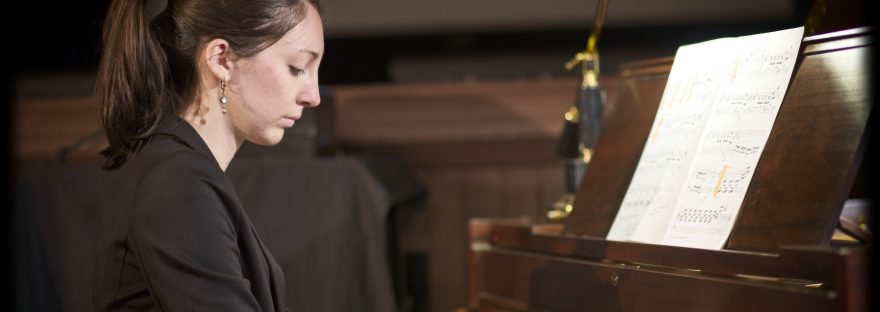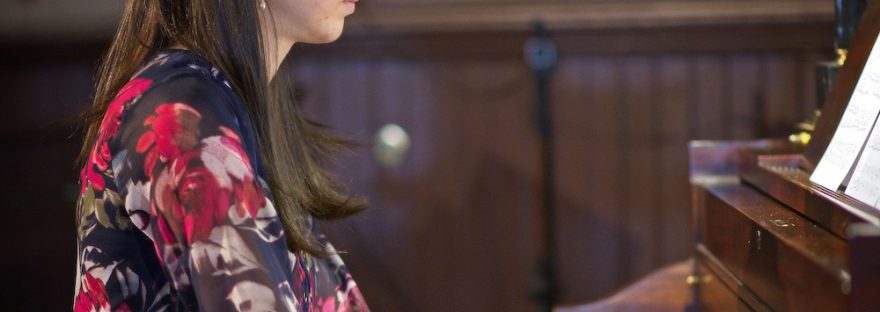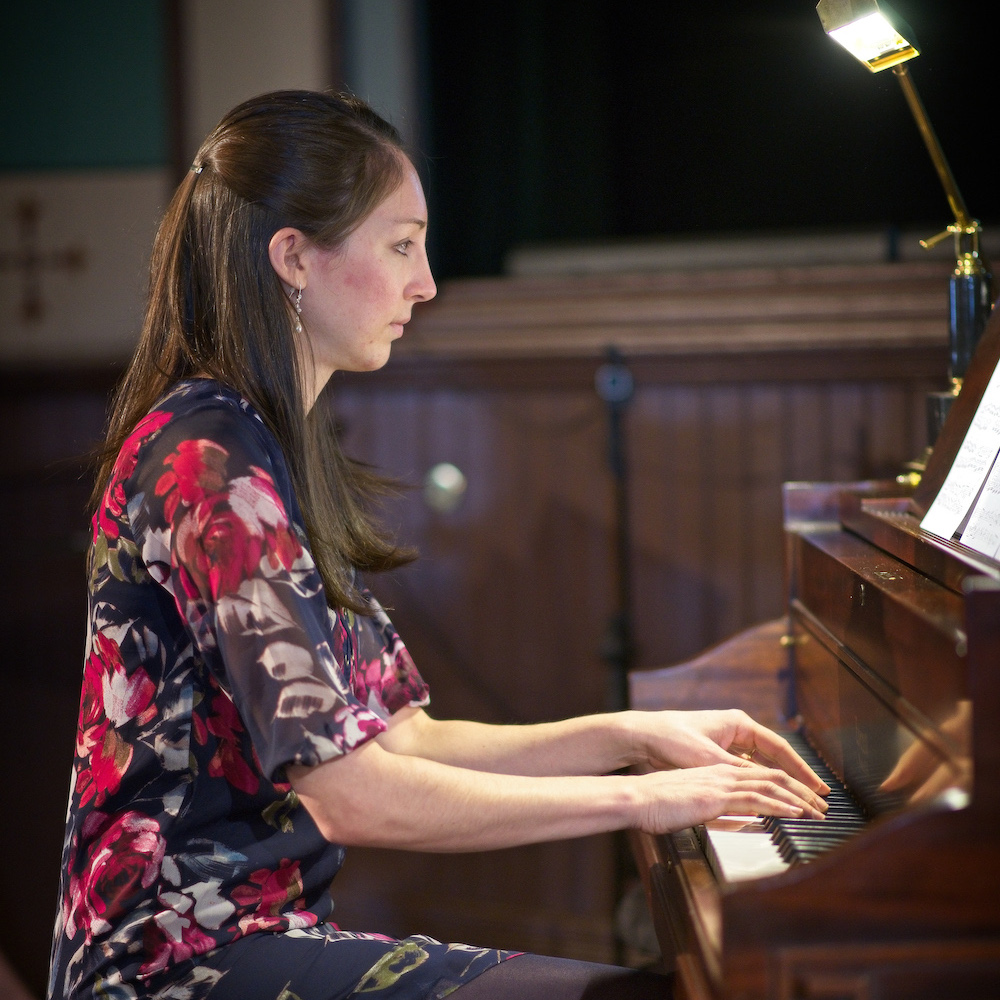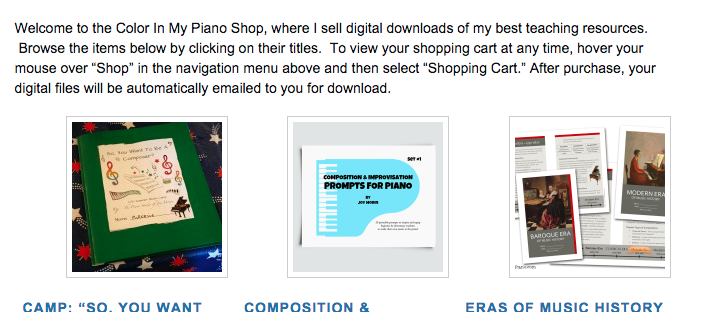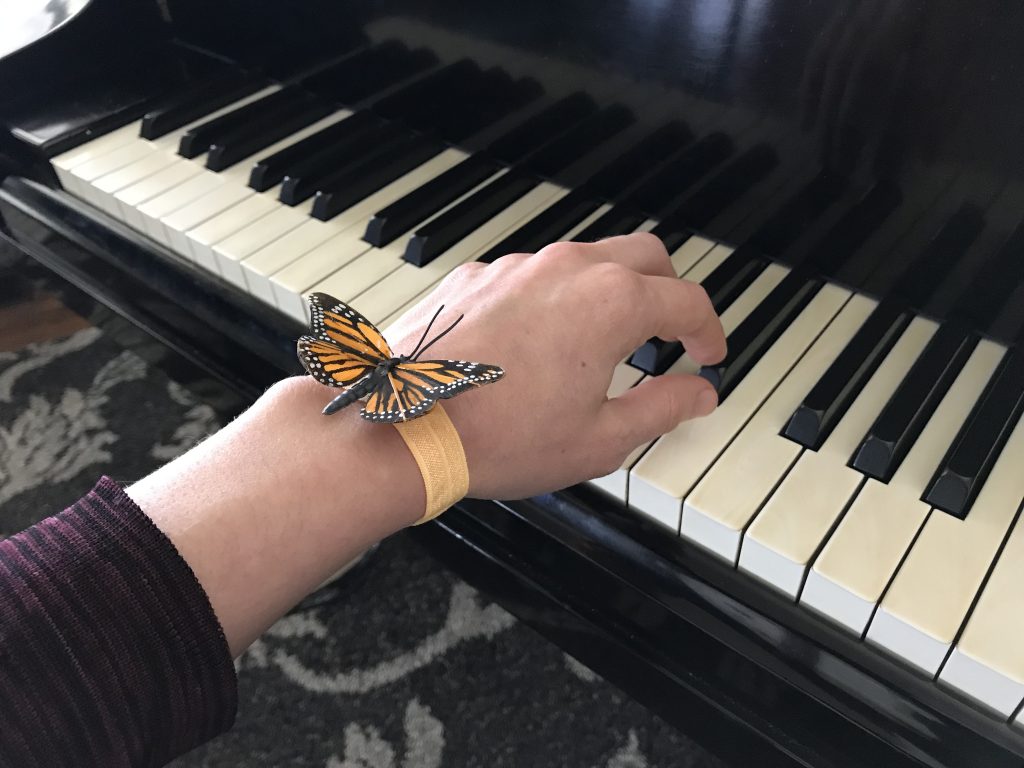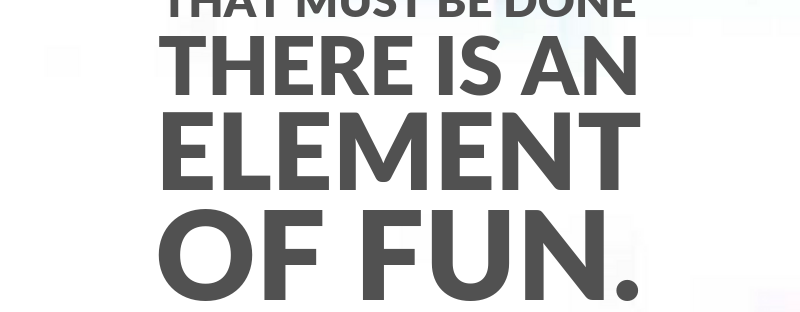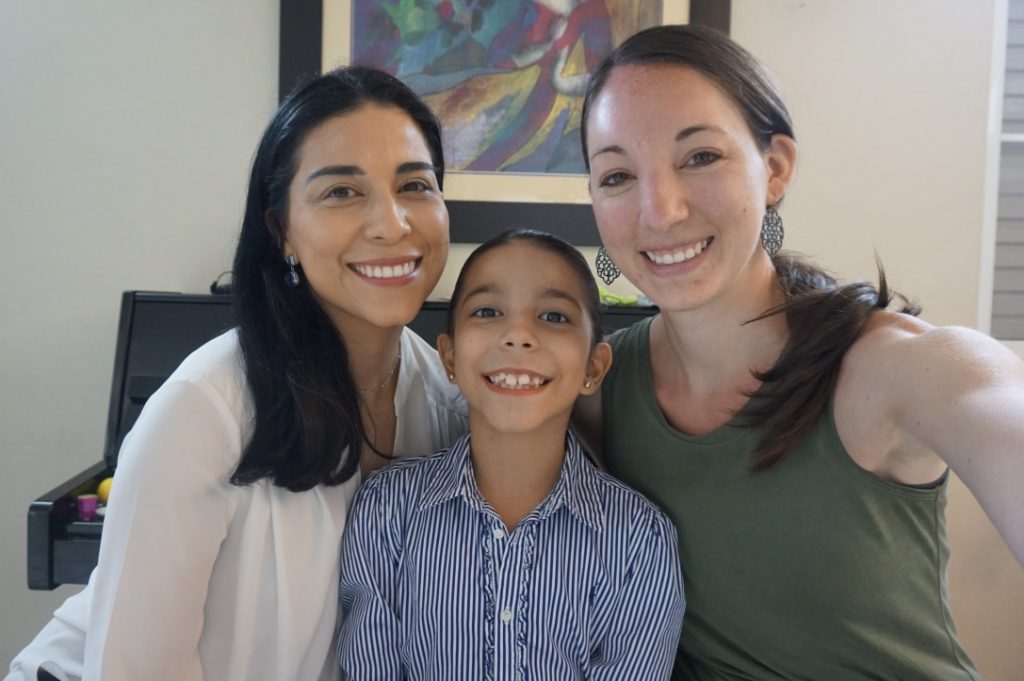
[Note: This is a follow-up to 5 Reasons to Perform Alongside Your Students at Studio Recitals.]
Looking for ideas for pieces to play when performing alongside your students at student recitals? Here’s a few considerations.
- Don’t think your piece has to be long, overly advanced, or showy/virtuosic. The goal is to share something fun and valuable for your students to hear. Why not play a piece your high schoolers could play someday? Why not refresh a piece you’ve previously learned?
- Is there classical repertoire you are currently working on, or would love for your students to hear? How about a Beethoven or Haydn Sonata movement, or a Chopin Nocturne or Waltz? Or how about a short piece by Debussy, Muczynski, Gershwin, Tcherepnin, or Bartok?
- Short on practice time? How about an intermediate or advanced sheet music single by a pedagogical composer, such as Melody Bober, Catherine Rollin, or Robert Vandall?
- How about something familiar and/or popular? For example, an arrangement of a classic such as “What A Wonderful World” or “Somewhere Over The Rainbow”? Or what about a lovely hymn arrangement? For something flashy and fun, how about a virtuosic transcription by Jarrod Radnich? Did you know Nancy Faber wrote a fun jazz/pop arrangement of “Canon in D”?
- Do you like to compose? How about playing something you wrote yourself? Students with the same inclinations might find this especially inspiring!
- Do you have an advanced student or colleague who would enjoy playing a duet with you?
- What friends do you have who play instruments other than piano? It might be fun to collaborate with another instrumentalist.
- Idea from a reader: Have students vote from a shortlist of pieces you could play at the recital. Surprise them on recital day with the piece that gets the most votes.
- Switch it up each year!
I’m curious: What are examples of pieces YOU have played at your studio recitals? Please post in the comments.
P.S. Perhaps you’ve noticed: My web host company has been having server issues for the past few days, causing my website to be difficult to access. I apologize for any inconvenience this may have caused. I believe the issue is now resolved. Thanks for understanding!


